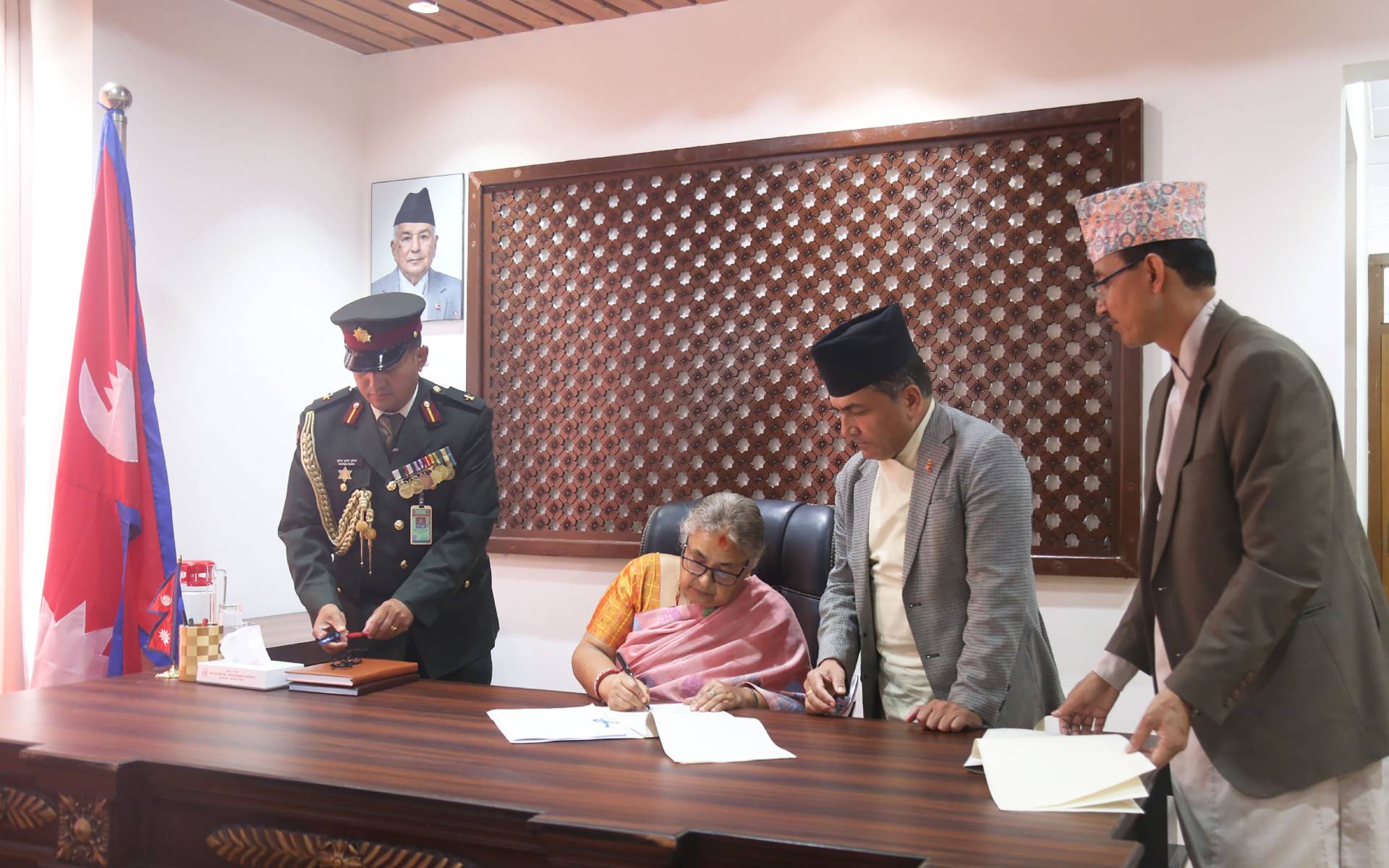
South Asia is often known as a volatile region, and Nepal is no exception. Following upheavals in Afghanistan, Sri Lanka, and Bangladesh, Nepal has seen a massive, youth-led revolution. Young Nepalis poured into the streets to protest corruption and curbs on free expression—and now a new government faces the formidable task of responding to their demands.
Gen-Z (individuals born between 1997 and 2012) led a revolt that overthrew Prime Minister K. P. Sharma Oli on September 9, marking Nepal’s second major youth movement. At least 74 people were killed and hundreds injured. The country also suffered billions of dollars in infrastructure damage, including to Singha Durbar (the main administrative complex), Shital Niwas (the President’s Office), and the Supreme Court.
After the Oli government banned 26 social media platforms, including Facebook, X, and WhatsApp—tools many Nepalis rely on to communicate with their friends and families living in and outside the country—Gen-Z launched peaceful protests. However, the security forces responded with force, and 19 young people were killed, igniting a nationwide uprising that ultimately overthrew the government. The new interim administration then moved to dissolve the House of Representatives. Throughout this critical period, President Ram Chandra Paudel and the Nepali Army leadership played a crucial role in steering the country toward a safer course.
Nepal has its first female prime minister, Sushila Karki, previously the country’s first female chief justice. As an interim leader who has already marked a milestone in modern Nepal, Karki faces daunting tasks on a short timeline. Her main responsibility is to hold elections on the announced date of March 5. Public expectations are also high: youths and broader society expect a credible investigation into protest-related deaths and infrastructure damage, decisive action to curb corruption, rebuilding of infrastructure, and reliable delivery of essential public services.
Meeting people’s immense requirements won’t be easy. The government must also revive and streamline the bureaucracy. Nepal has seen many movements, yet administrative hurdles to basic services persist. This interim administration, with senior bureaucrats leading many ministries, must work in favour of the people.
Although this is an interim government, its responsibilities in this critical period are no less than those of any regular administration. Above all, it must deliver the election. To do so, the government should prepare on three fronts: administrative arrangements, engagement with political parties and their leaderships, and collaboration with international communities. Given Nepal’s strained finances, external support may be necessary to hold elections on time. The government must also heed our geographic realities and manage relations with neighbours and partners wisely before pursuing further international engagement. We should also learn from history.
In this critical period of Nepal’s history, the government bears an extraordinary duty. Any wrong step could lead the country astray. One hopes it understands its mandate and chooses the side of history that serves the people.